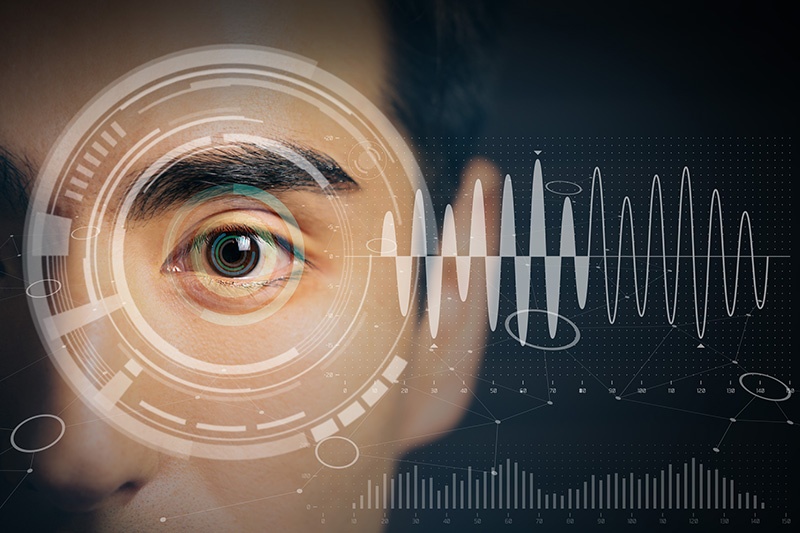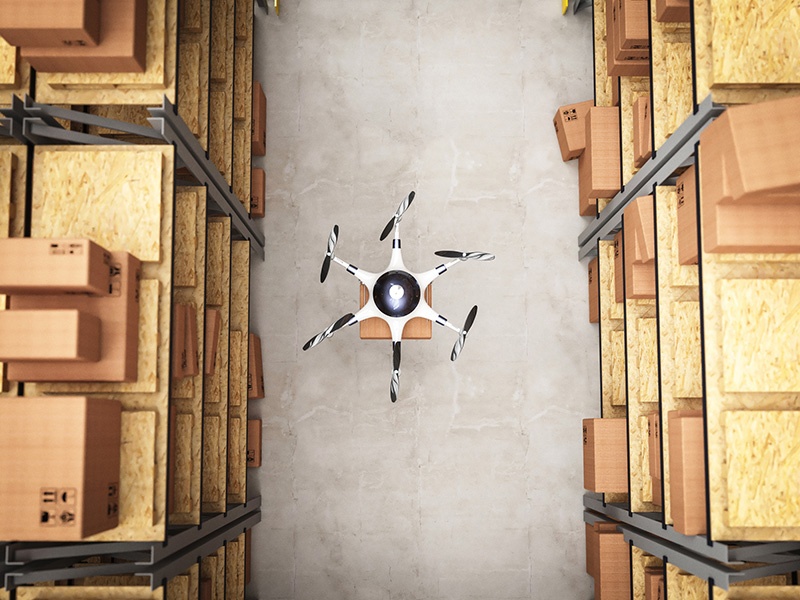7 Key Disruptions Organizations Should Consider for 2018

Toffler Associates keeps an ever-present eye toward the future. An important step in the process of identifying and contextualizing predictions is taking the time to consider the current environment, past trends and events, and the ways that expectations proved out in reality.
Summarizing 2017, we see seven disruptions and impacts that we believe will shape business, infrastructure, economy, and societies in 2018. Some are inherently optimistic; others are risks to mitigate. In every case, these are big ideas and important considerations as you take a breath over the holidays and plan for the year to come.
1. In the AI era, choice and intuition remain relevant – for now.
In his 1980 book of the same name, Alvin Toffler observed, “The Third Wave is for those who think the human story, far from ending, has only just begun.” In 2017, Artificial intelligence (AI) took center stage and began to reshape how humans make decisions and act.
We came into the year aware that smart technologies feed confirmation bias by showing us things we want to see (whether or not we have made a conscientious selection). As it matures and gets fed by the activities it’s prompting, AI is likely to exacerbate this situation as we go into 2018. We expect that the narrowing choices will move from realms like news and art to retail. Notably, AI is also streamlining organizational decision-making structures – signaling a move from the Third (Knowledge Era) Wave into the Fourth – an era shaped by machines and information. It’s true that as AI has been increasingly integrated into organizational business decisions, the number of white-collar jobs has diminished. But despite its capacity to consolidate data and speed decisions, AI has yet to replace the impact and value of intuition. For now, humans (your workforce, customers, and partners) should be the most significant considerations in organizational decision-making.
2. Individuals privacy loses value.
Millions of individuals freely post information about themselves on social media, driven by quick ego boosts and a strong fear of missing out. Millions more willingly offer private information in exchange for personalized offerings. Social Security numbers have become nearly worthless in the aftermath of large-scale data breaches. Threat actors will find opportunity through new ways to mine private information. Organizations will find opportunity through new ways, like biometric authentication, to keep customers safe. Industry will need to set the pace for standards for use, and protection of increasingly personal human data.

3. Value on the Dark Web rises.
The pursuit of short-term benefits has made it frighteningly easy for threat actors to scrape personal information useful for launching complex cyber-attacks. Personal information is easily commoditized and shared on the Dark Web. To be effective, our cyber security professionals have to act fast, with a hacker mentality, and an honest sense of the weaknesses of human nature.
4. Desynchronization between population and health resources will create new markets.
Advances in preventative health and pharmaceuticals are leading to people living longer. Technology innovations also are shaping the impending population boom in less obvious but equally powerful ways. For example, autonomous (self-driving) vehicles promise less auto fatalities, which could lead to a shortage of organ donations. The need for organ donations likely will not go down. In fact, longer life spans could increase the need. The disconnect between demand and supply will prompt new markets (open and black) for selling vital organs, as well as cultivating bespoke organs and even body parts through stem cells. Should laws fail to keep pace with industry and societal demands, the gap could pose life-or-death repercussions.
-1.jpg)
5. Digits for money is disruptive economics.
Although Bitcoin value has grown immensely, it only represents 60% of the market. Initially, that number was 90%. As new financial models and markets emerge, large organizations will have opportunities to provide digital exchange of goods and services. With over 1500 crypto currencies, organizations can find the most advantageous and reward customers and create a new era of loyalty.
6. Powershifts are redefining boundaries.
When drones can drop packages off in homes or buildings, it changes the statues for privacy and trust. It also means new expectations about the speed and efficiency of delivery and logistics. Government isn’t allowed to come in to your private home without permission. Yet, we allow Amazon to sell us a lock that allows them to come into our homes and businesses to drop off our packages. This is one specific example of the powershifts that will challenge our understanding and expectations of boundaries.

7. Consolidating the value chain.
The success of mergers and acquisitions remains tenuous, largely due to stringent government regulations within the sectors. Nonetheless, we expect to see horizontal integration across industries to continue to challenge markets and change the face of cooperation and competition. As customer experience continues to drive operational and strategic decisions, we’re seeing comprehensive value chain consolidation and optimization from the start of the customer relationships to the end. The broad-reaching approach will create opportunities like new global partnerships, but it also will create risks and unknown impacts.
The holiday season is an important time for reflecting on the past and present, while thinking about what opportunities lay in front of us. These disruptions came from such a process. We will continue to watch them through the lenses of categorical Future Shocks like Bio-digital Convergence, Societal Shifts, Geopolitical Powershift, Transforming Infrastructure, and Shared Citizenship. Some of these disruptions are creating impacts and others are a result of recent developments. All will have a vast impact on organizations in the coming years.
We will continue to explore these and other Future Shocks throughout 2018, sharing our perspective on Vanishing Point. Contact us to learn more about the implications and strategies you can take to create future value amidst this change.
{{cta(‘ca16e3da-df56-4677-8f45-7ae3c950dfdf’)}}
- Categories
- Technology & Innovation Readiness


 About the Authors
About the Authors